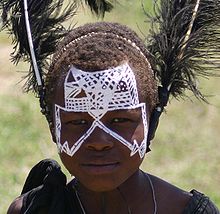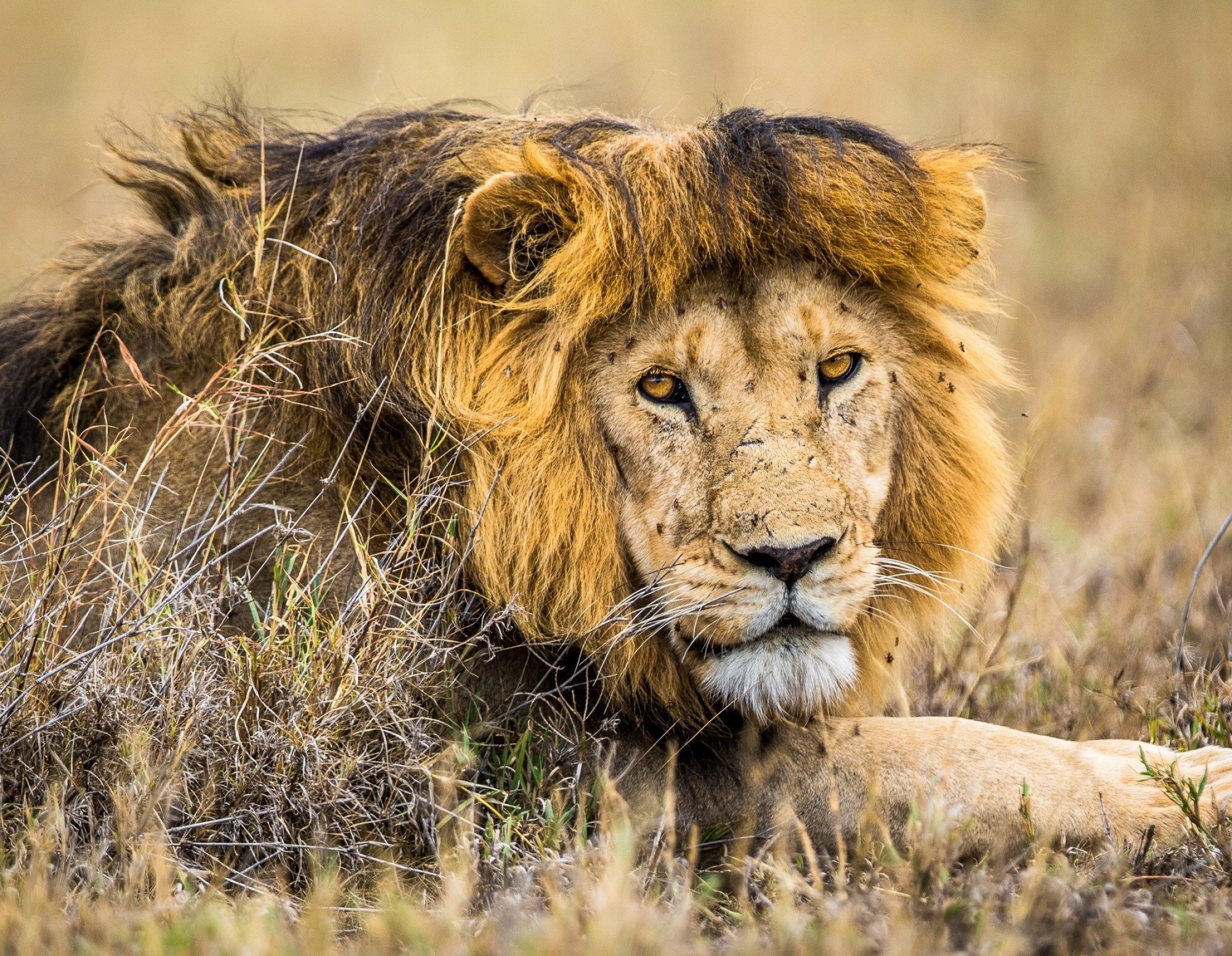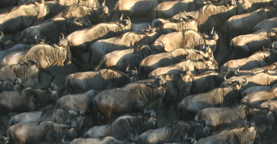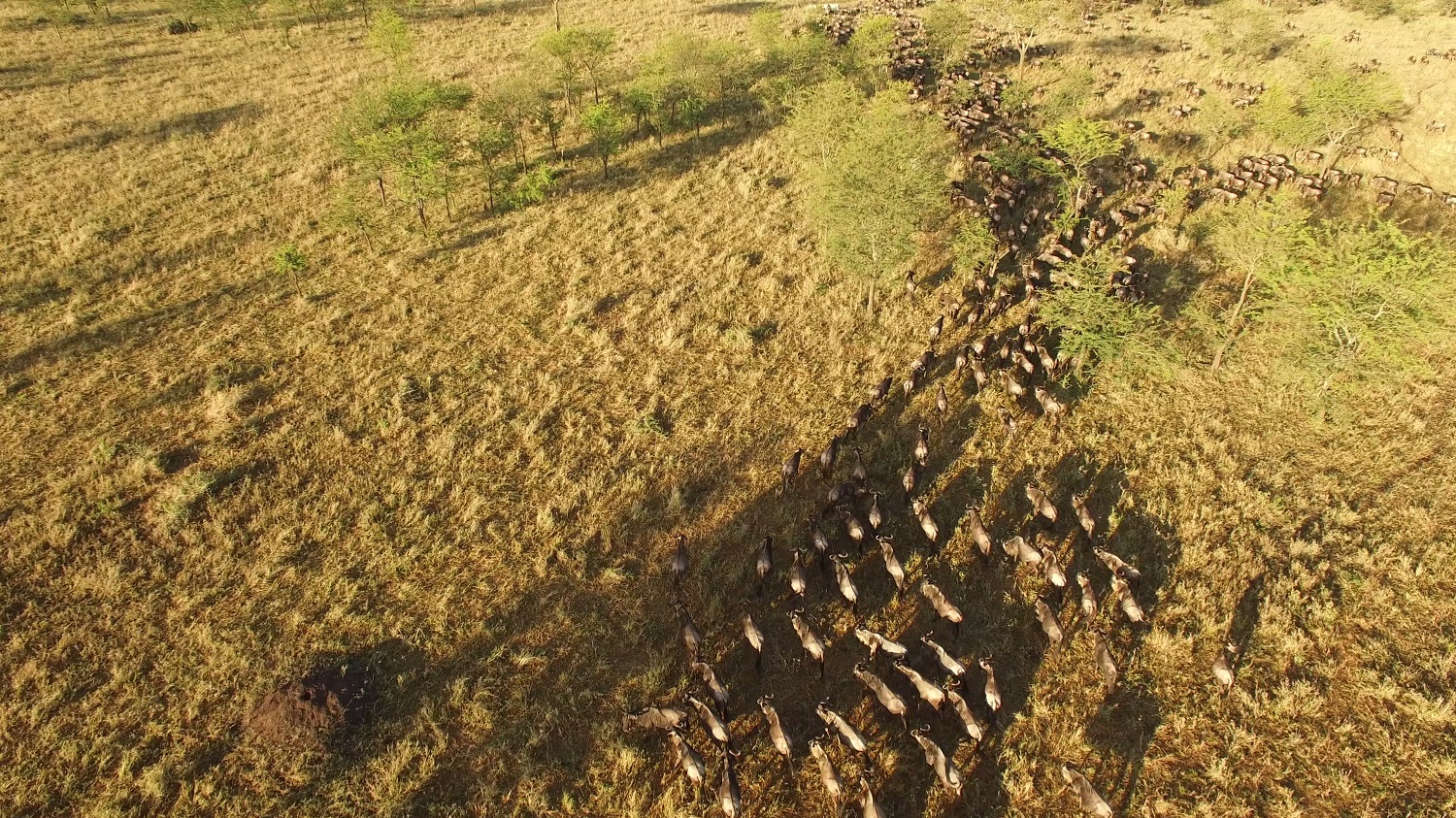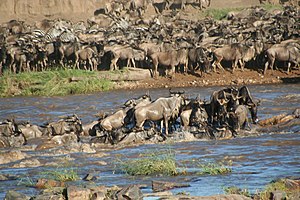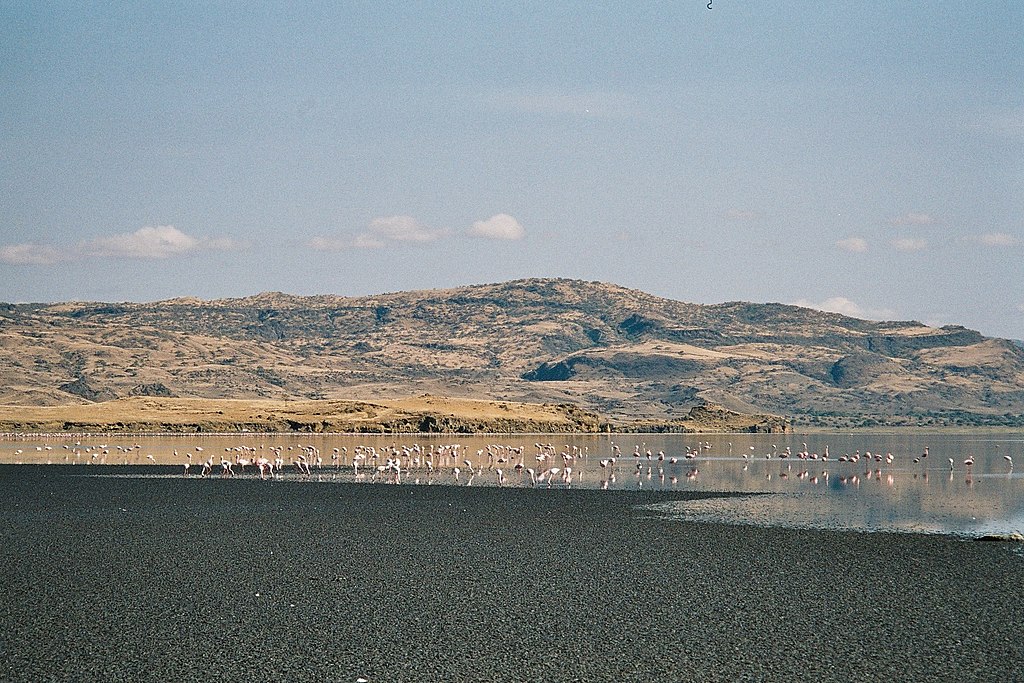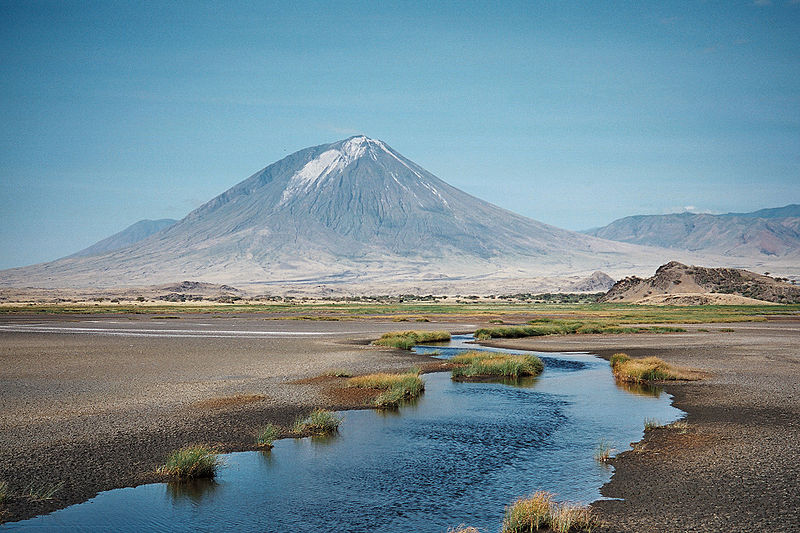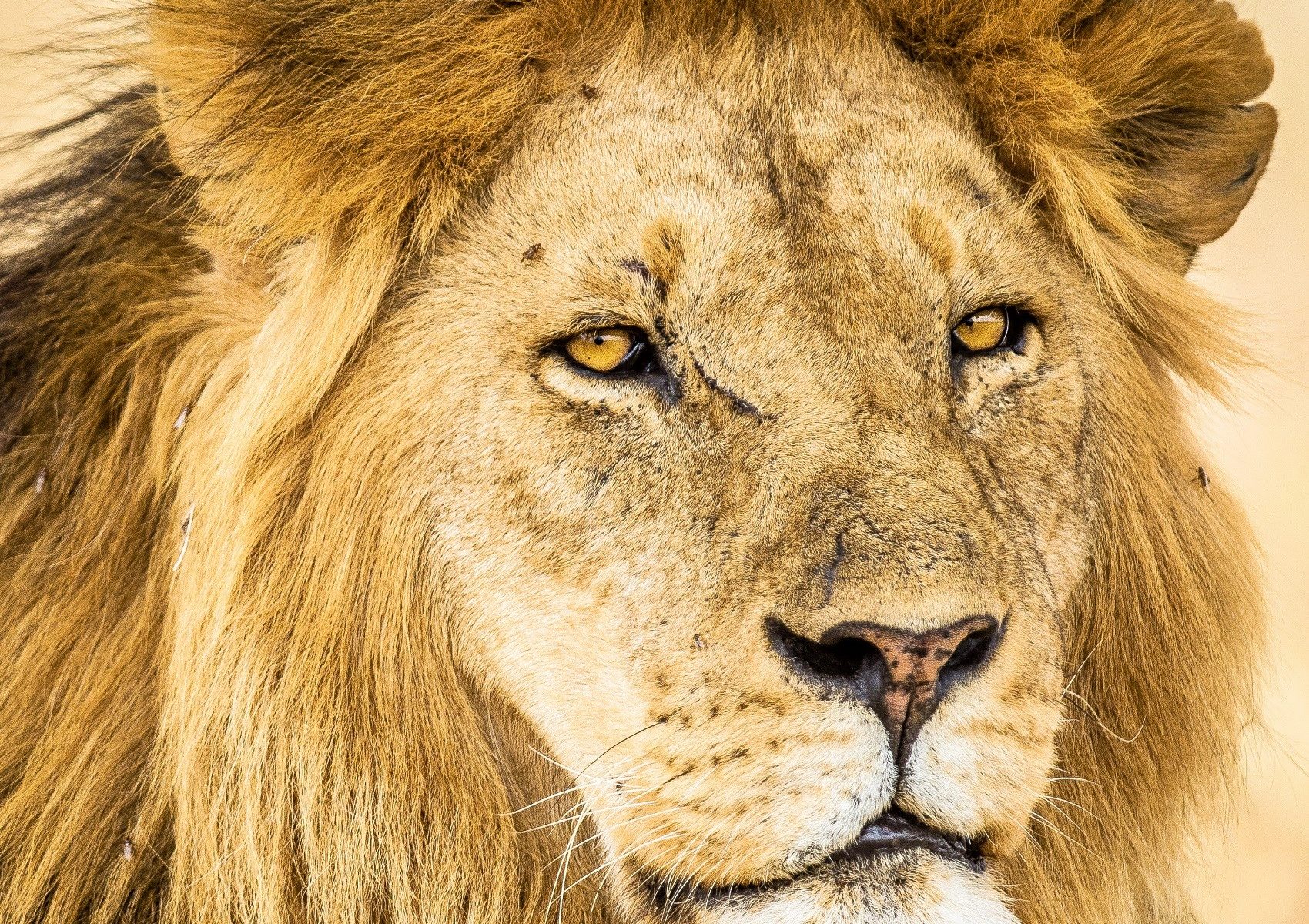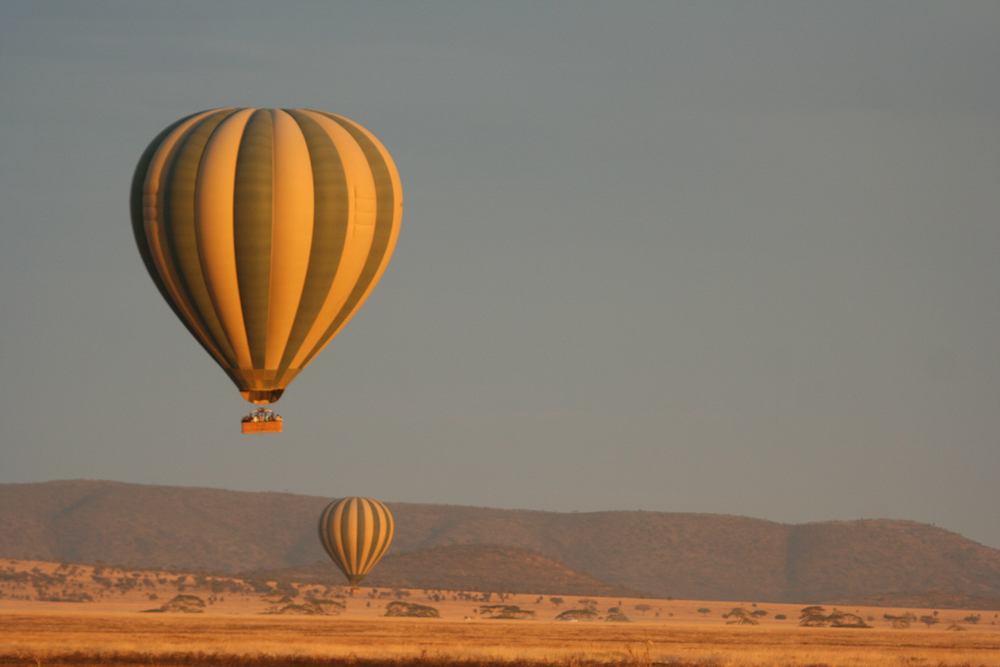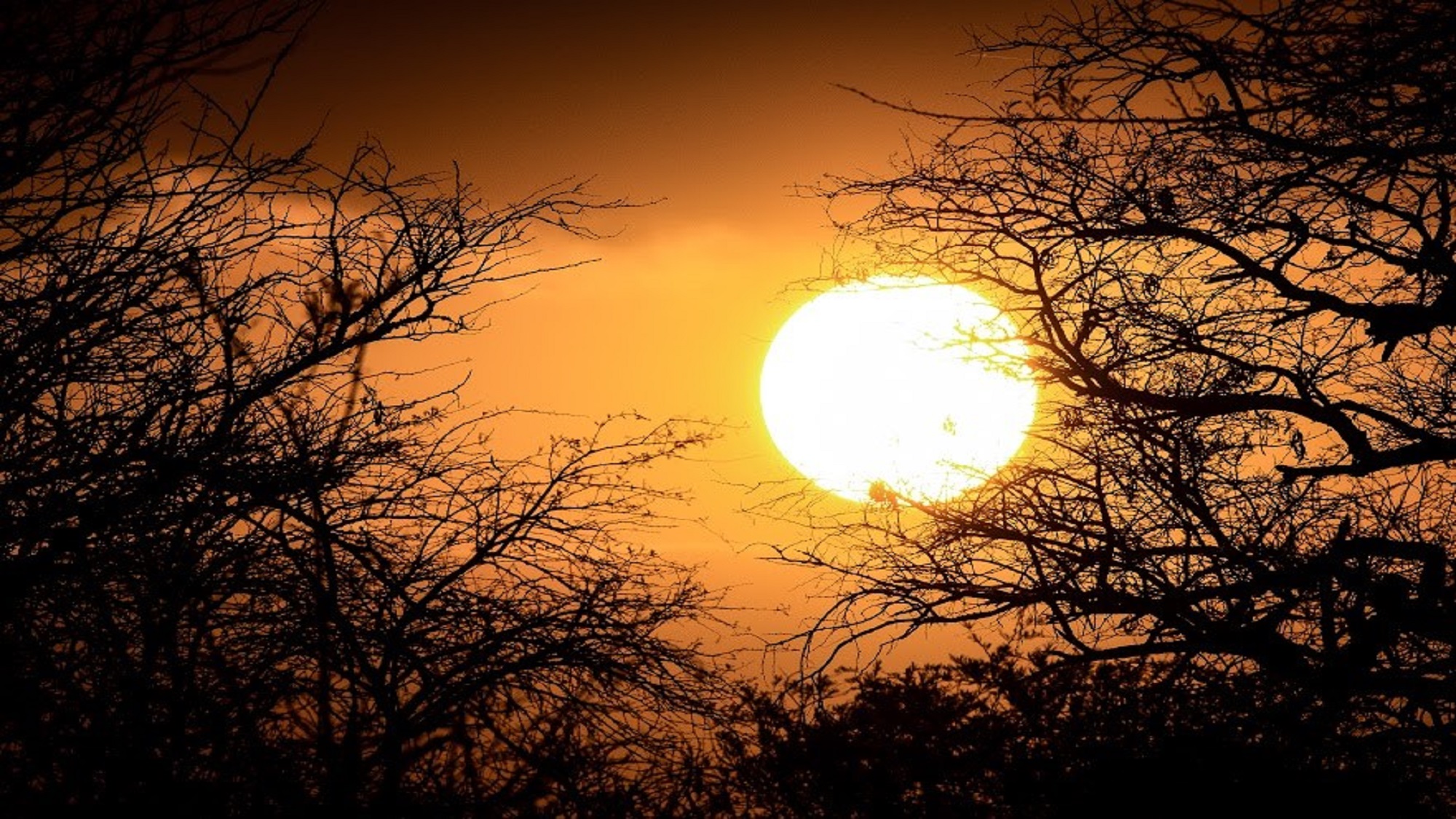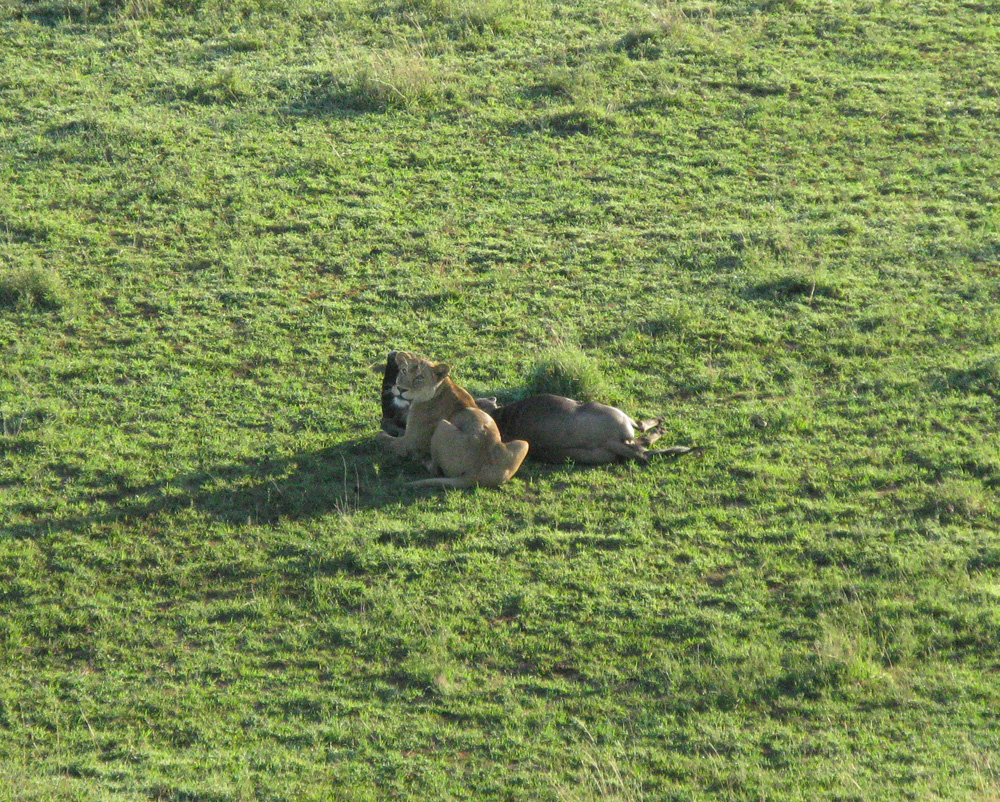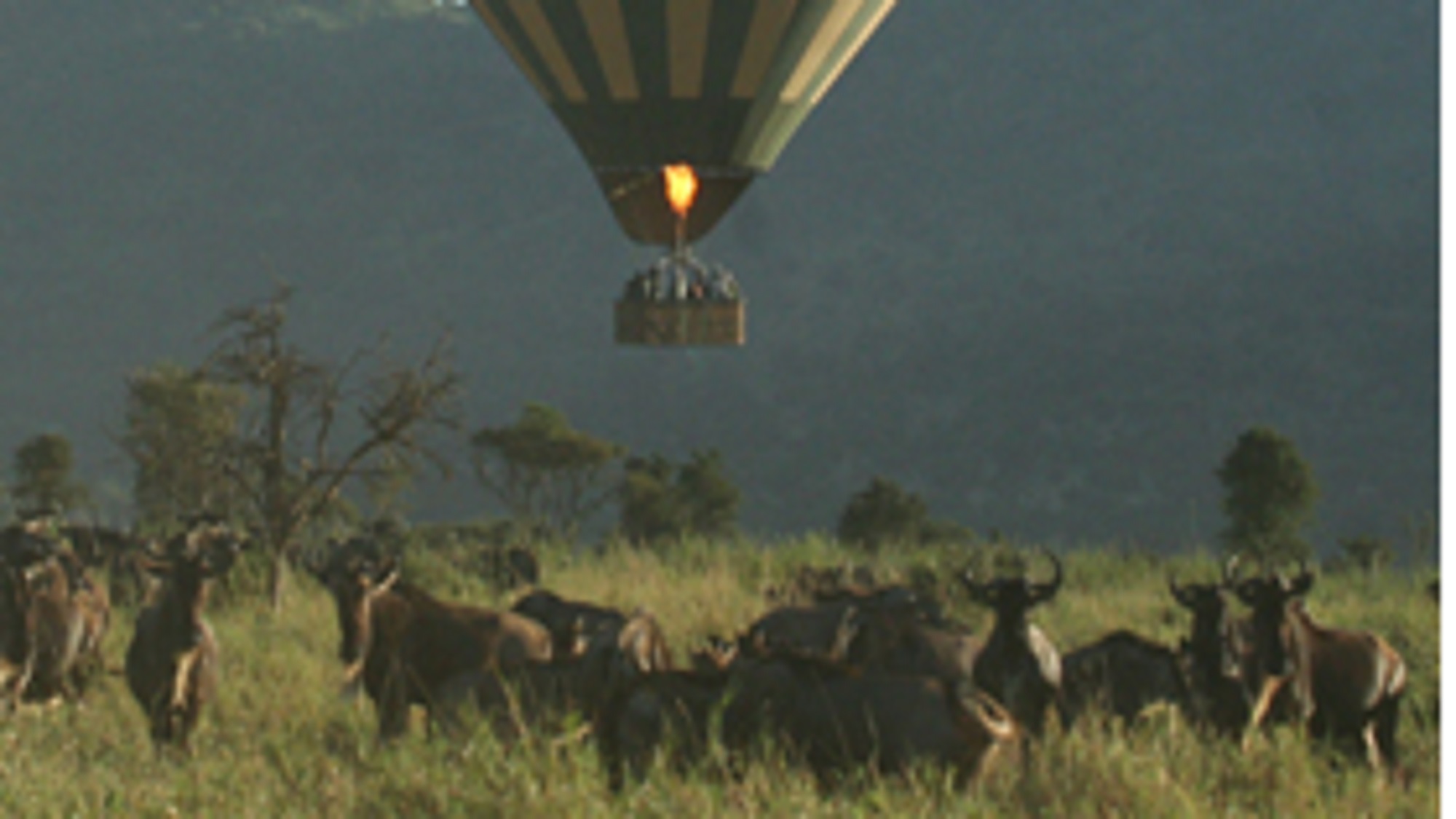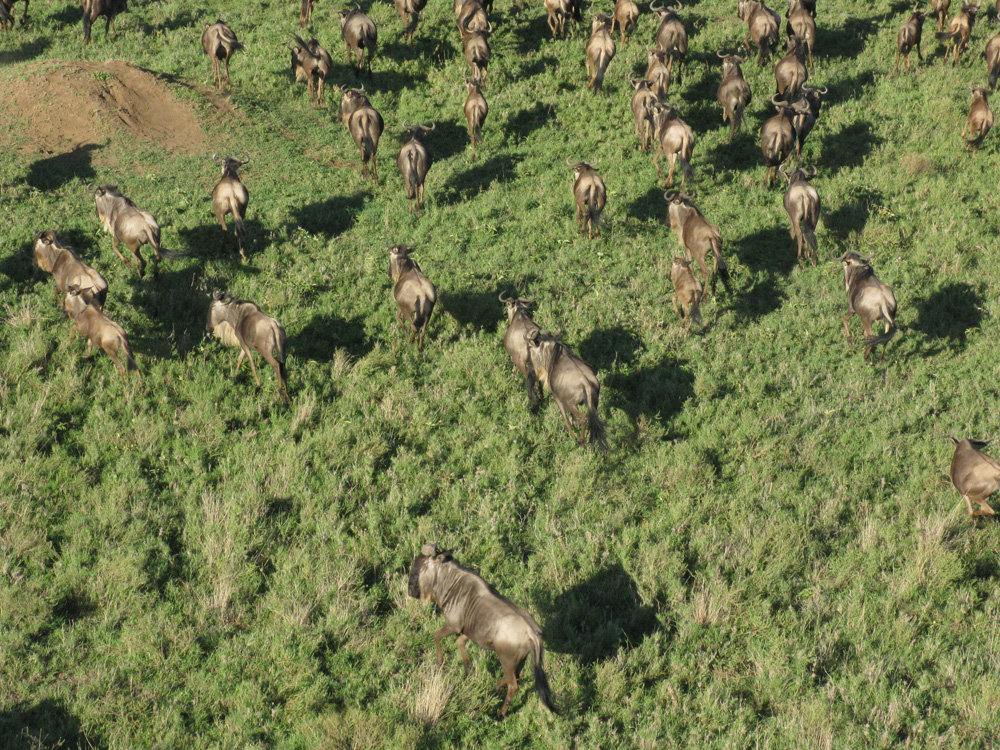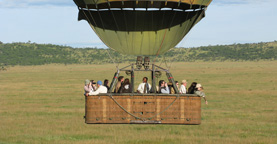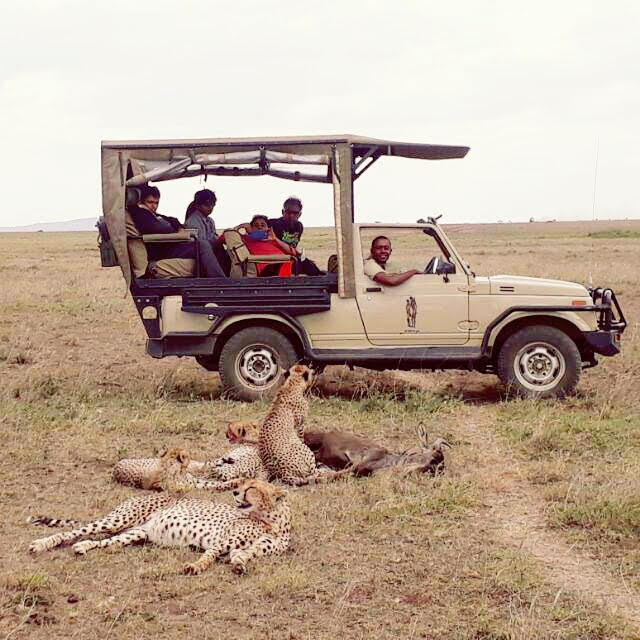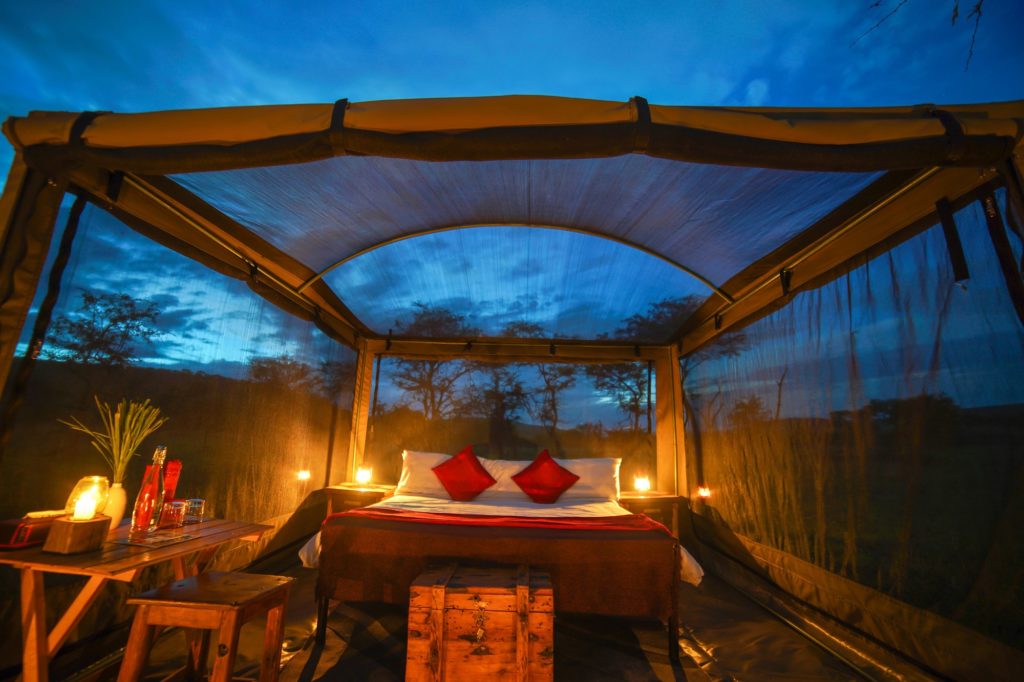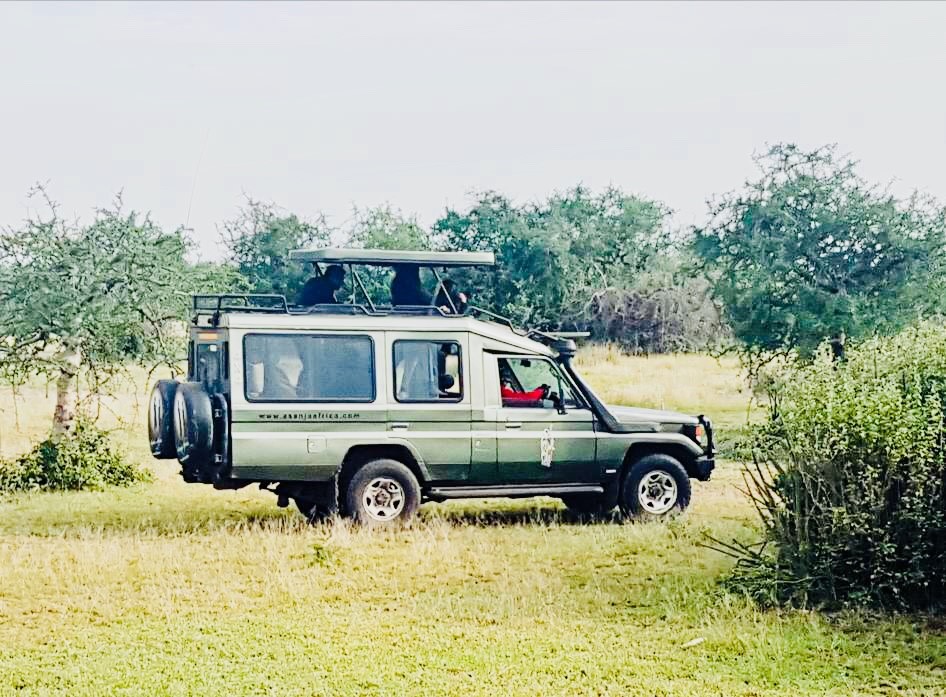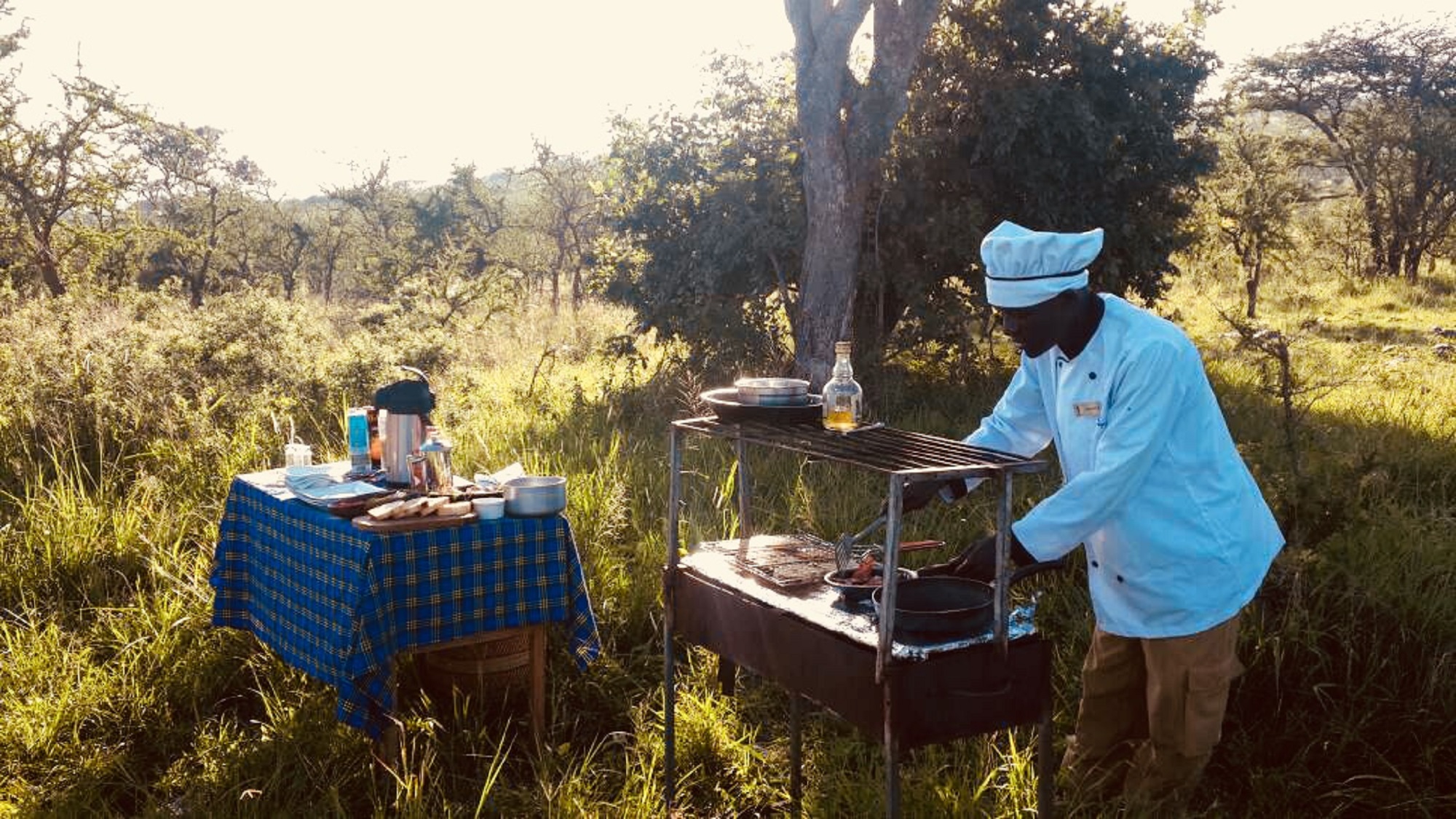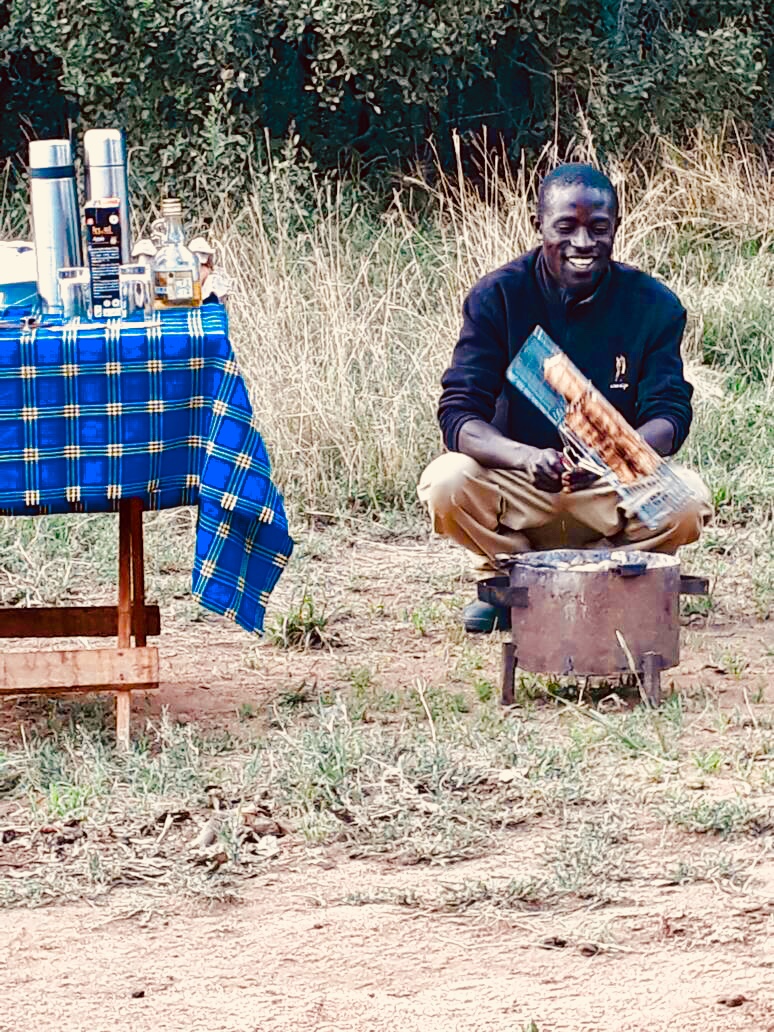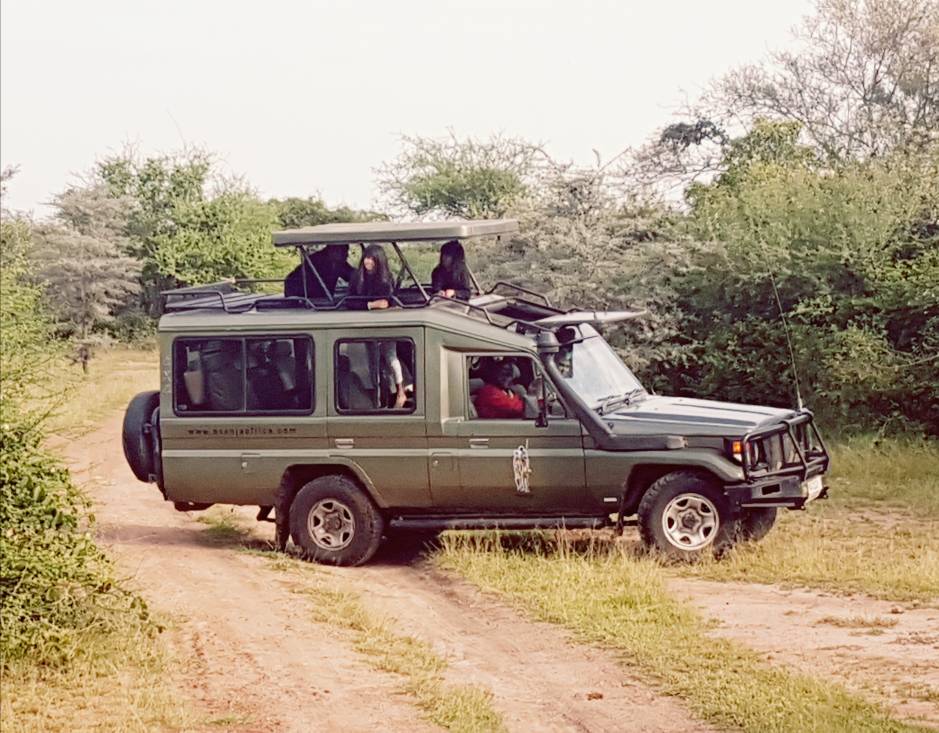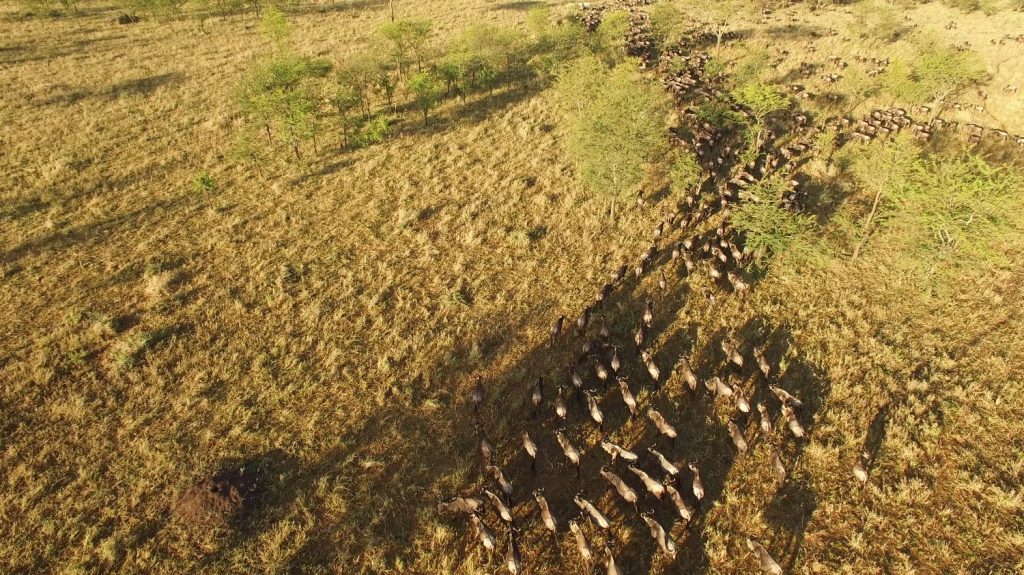Big five Safaris in Tanzania
The term Big Five originally meant the five animals that were toughest for their hunters and this was mostly because of their unpredictable behavior.
Seeing the “Big Five” in the wild is one of the most memorable things one can ever experience
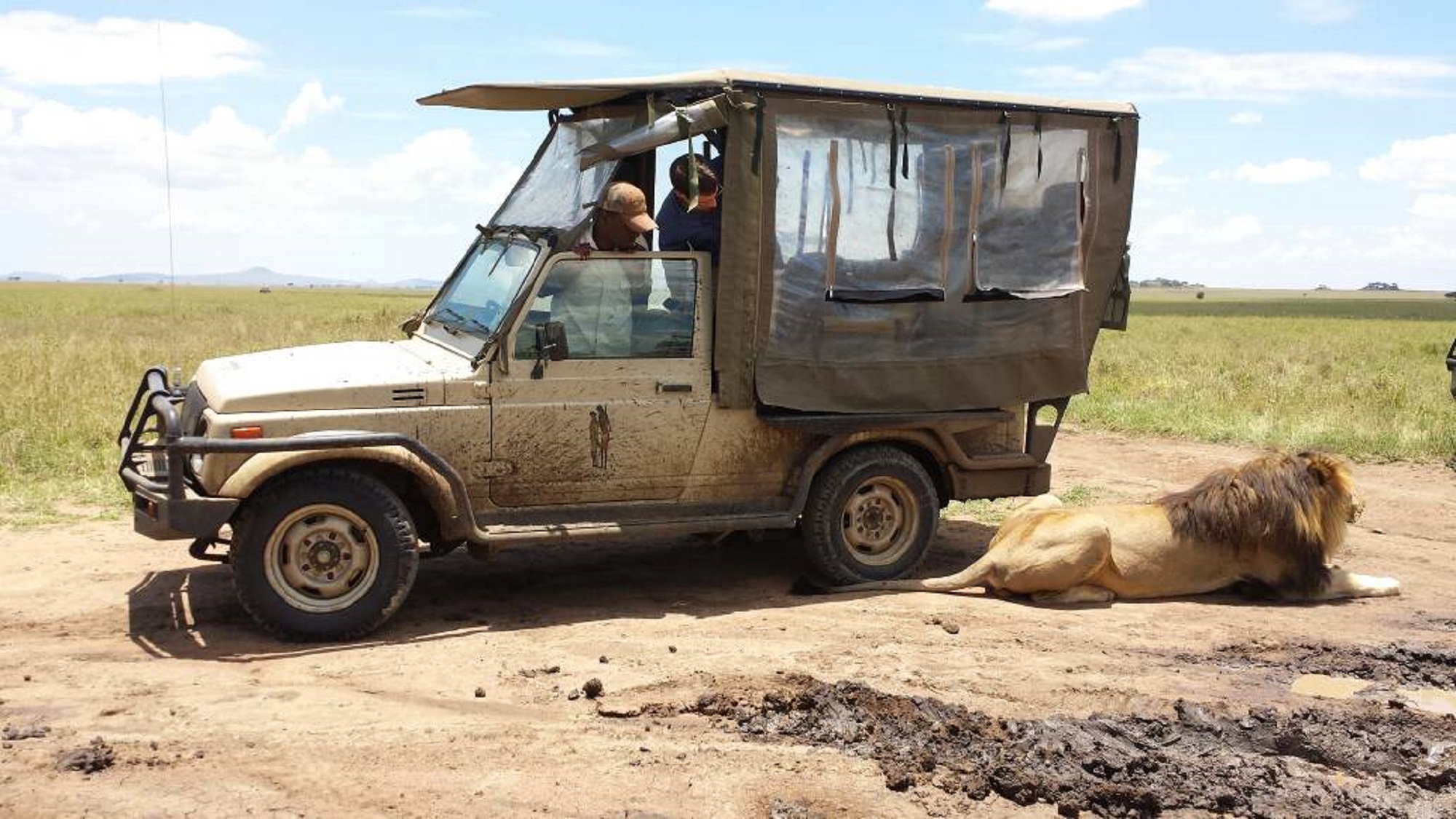
The African big 5 are Lion, Leopard, Elephant , Rhinoceros and the dangerous Wild Buffalo.
The African continent is the only place in the world where big five still roams freely in great numbers!
LIONS
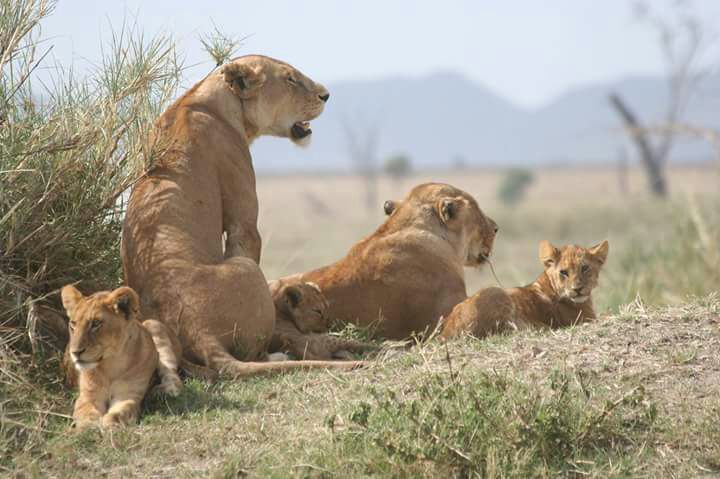
Lions have been celebrated throughout history for their courage and strength. They once roamed most of Africa and parts of Asia and Europe.
Weighing up to 500 pounds and growing up to 10 feet, lions are the largest members of the cat family after tigers. They like to be in grassy plains. Lions can be given the credit for having the loudest roar than any of the big cats. Being as loud as thunder you can hear this big cat roar from 8 kilometers away. Lions like to live in social groups and claim their territory by roaring.
The Prides are their family units that can have from 3 to up to 40 lions. Females in the pride give birth around the same time which in a way allows the cubs to nurse from multiple females.
It is amazing to know that lionesses are the primary hunters in the pride but their success rate is only thirty percent of their attempts. Thee usual prey being zebra and antelope
Sometimes when they get an opportunity, they also steal kills from wild dogs and hyenas.
Average lifespan of a male lion is 12 to 15 years and for a female it can go up to 19 years.
Leopards
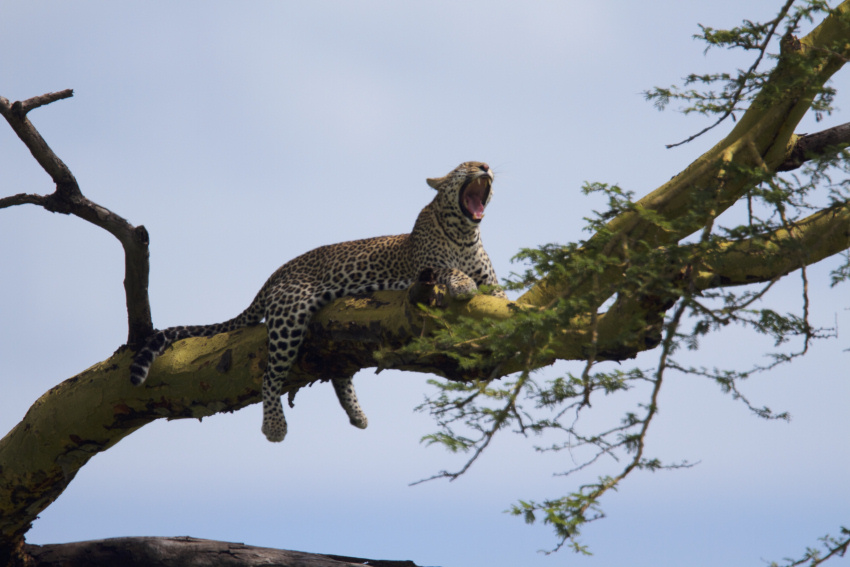
These graceful and powerful close relatives of tigers, lions and jaguars live in sub-Saharan Africa, northeast Africa, Central Asia, India, and China. However, outside of Africa, many of their populations are now endangered.
The leopard loves the comfort of trees and often hauls its kills into the branches.This also cleverly keeps the bodies of its pray safe from scavengers like hyenas.leopards being nocturnal predators also stalk antelope, deer, and pigs by stealthy movements in the tall grass.
Leopards are strong swimmers and very comfortable in the water, where they sometimes eat crabs or fish.
Female leopards can give birth at any time of the year. They usually have two grayish cubs with barely visible spots. The mother hides her cubs and moves them from one safe location to the next until they are old enough to begin playing and learning to hunt. Cubs live with their mothers for about two years—otherwise, leopards are solitary animals.
Leopard Spots
Most leopards are light colored with distinctive dark spots called rosettes, as they resemble the shape of a rose.
Black panther
With their spots hard to distinguish, these leopards appear to be almost solid in color. Hence are commonly called black panthers.
Avearge lifespan of a leopard is 12 to 17 years.
African elephant
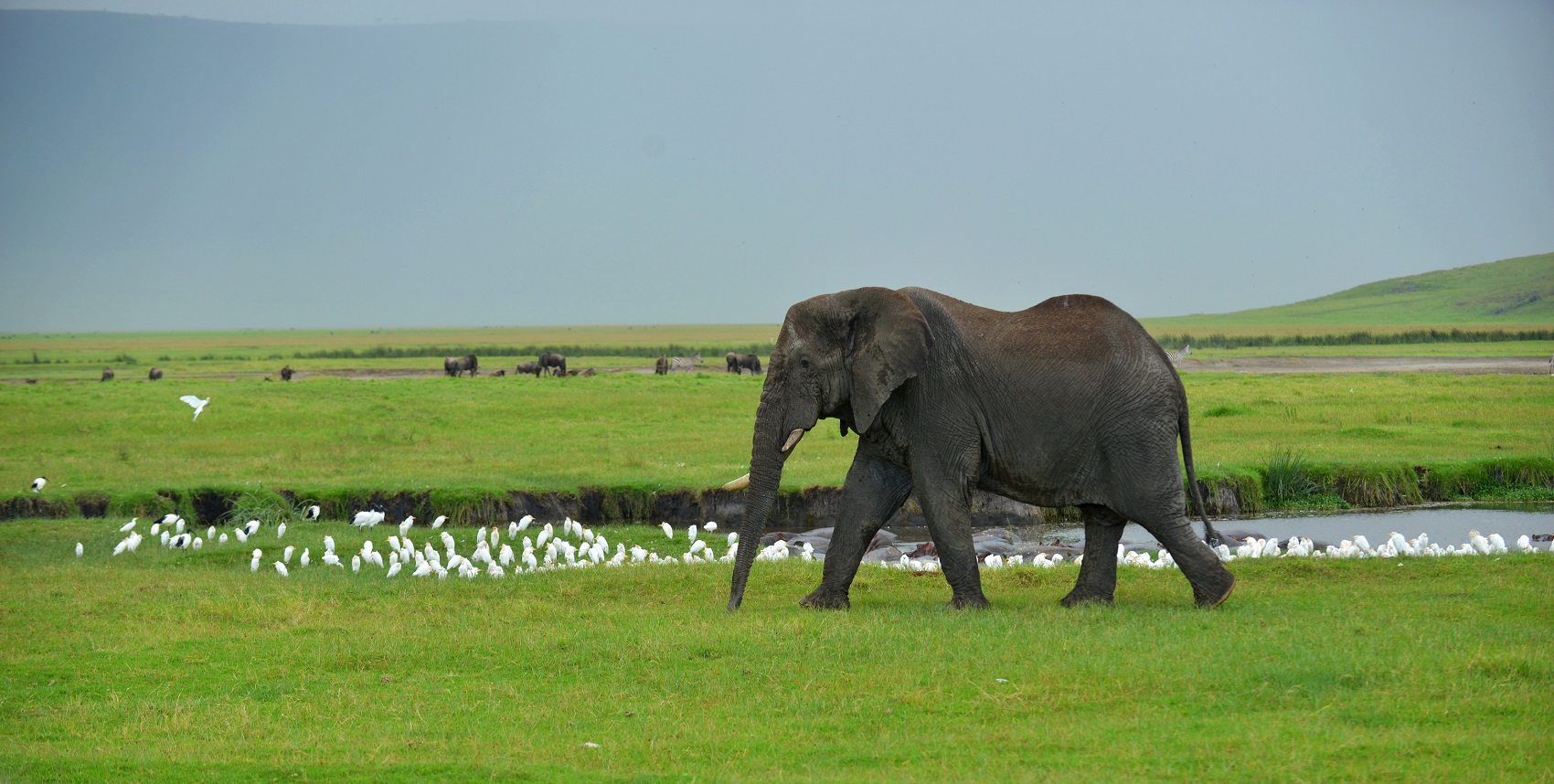
African Elephants are about 10 feet tall and weigh around 18000 pounds and to maintain its body an average elphant consumes roughly 70000 calories through food and around 50 gallons of water everyday and good swimmers but cant jump
Elephants are very intelligent animals with good memory and are one of the few animals that can recognize themselves in the mirror just like humans.
Elephants have a big trunk and to show affection they touch each other with their trunks and even protect and cuddle their babies .
Baby elephants too lose their first set of teeth and tusks, just like us humans.
Having a baby elephant is quite a job too. They have a longer pregnancy than almost 22 months which is longer than most animals. A new born baby elephant weighs 200 pounds and stands about 3 feet tall.
An average elephant lives up to 70 years.
African Rhinoceros
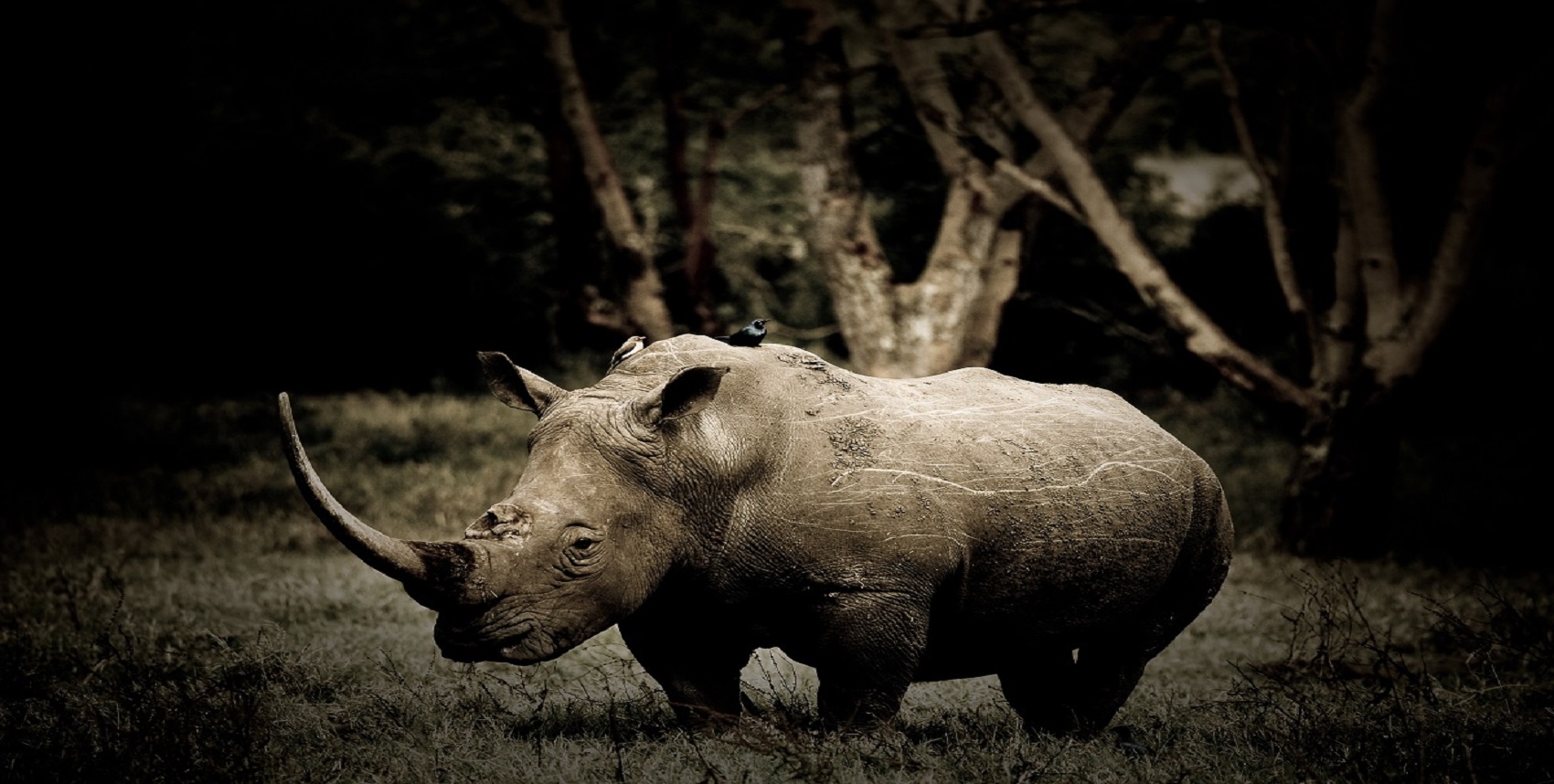
Rhinos are a type of odd toed, hoofed mammals. An average African rhinoceros weighs between 1760 to 3080 lbs and stands 4.5 to 6 ft at shoulder level.
Black rhinos like a solitary living. Except for the females who are often with their off springs. Females reproduce only every two and a half to five years. Their single calf does not live on its own until it is about three years old.
Black rhinos like to feed at night and during the gloaming hours of dawn and dusk. Under the hot African sun, they take cover by lying in the shade. Rhinos are also wallowers. They often find a suitable water hole and roll in its mud, coating their skin with a natural bug repellent and sun block.
Rhinos have sharp hearing and a keen sense of smell. They often find one another by following the trail of scent each of the animal leaves behind it on the landscape.
Black rhinos have two horns, the foremost more prominent than the other. Rhino horns can grow as much as three inches a year, and have been known to grow up to five feet long. whereas Females use their horns to protect their young, males use them to fight attackers.
Average lifespan of an African rhino is 35 to 50 years.
African Buffalo
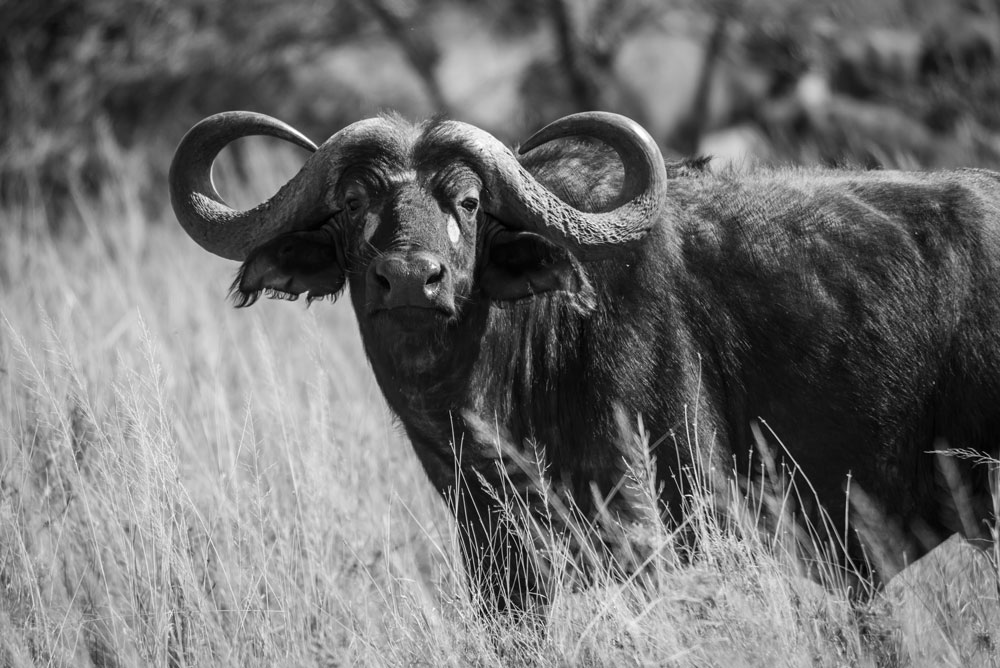
The African buffalo is one of the most successful grazers in Africa. It lives in swamps and floodplains, as well as mopane grasslands and forests of the major mountains of Africa. This buffalo prefers a habitat with dense cover, such as reeds and thickets, but can also be found in open woodland.
While not particularly demanding with regard to habitat, they require water daily, so depend on perennial sources of water. When feeding, the buffalo makes use of its tongue and wide incisor row to eat grass more quickly than most other African herbivores.
Other than humans, African Cape buffaloes have few predators and are capable of defending themselves against (and killing) lions. Lions do kill and eat buffalo regularly, and in some regions, the buffaloes are the lions’ primary prey.
The average-sized crocodile typically attacks only old solitary animals and young calves
Also, this crocodile is the only animal that typically takes down adult buffalo alone, The cheetah, leopard, and spotted hyena are normally a threat only to newborn calves.
Buffaloes mate and give birth only during the rainy seasons. A bull closely guards a cow that comes into heat, while keeping other bulls at bay.
Cows first calve at five years of age, after a gestation period of 11.5 months. Newborn calves remain hidden in vegetation for the first few weeks while being nursed occasionally by the mother before joining the main herd.
The maternal bond between mother and calf lasts longer than in most animals However, when a new calf is born, the bonding ends and the mother keeps her previous offspring at bay with horn jabs.
Males leave their mothers when they are two years old and join the bachelor groups.
African buffalo can live upto 22 years
The incredible Asanja big five Safaris in Tanzania
When you plan a safari with Asanja Africa, your private safaris are designed in a way where you will experience the Big five on your safaris in Tanzania
You will stalk the stalker, follow lions, see a buffalo charging, wake up with elephants outside your private tent & spot the Rhino!
Contact Us for the most exciting journey of your life…
